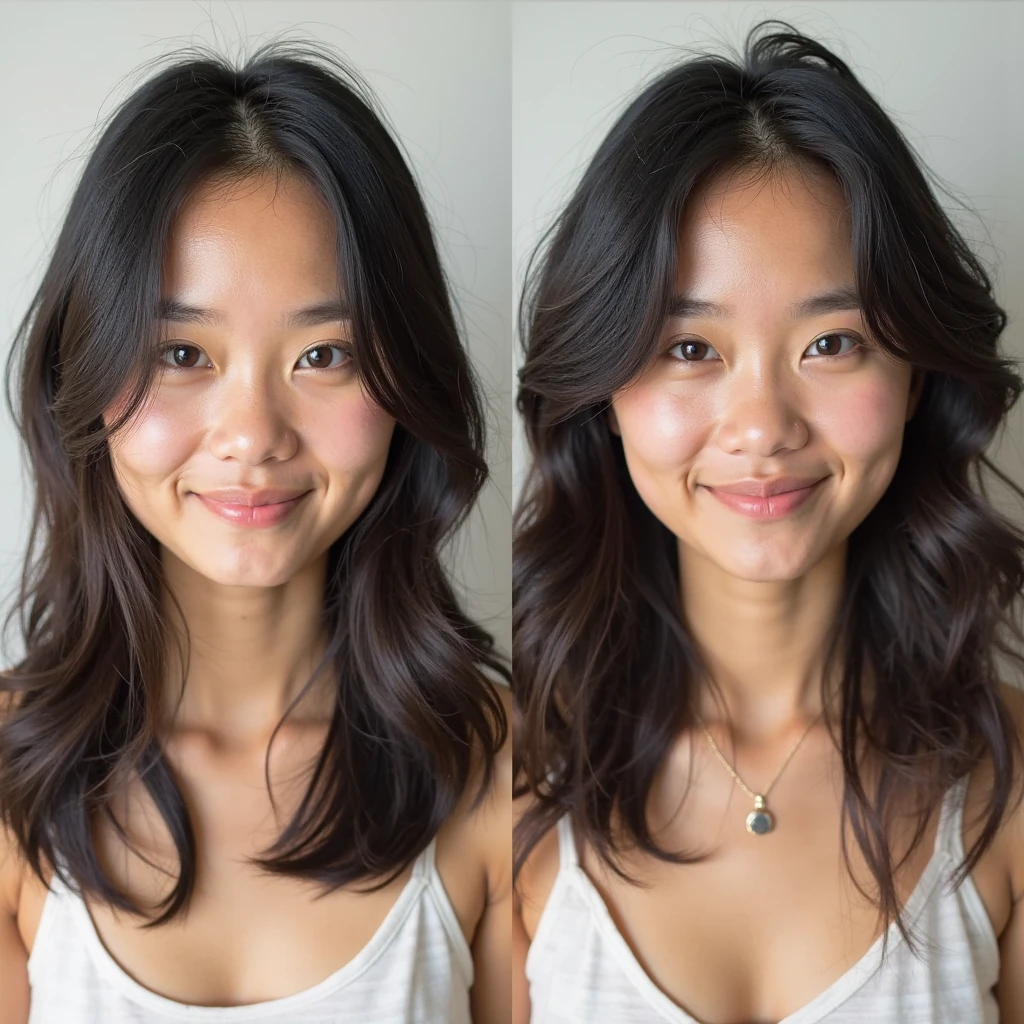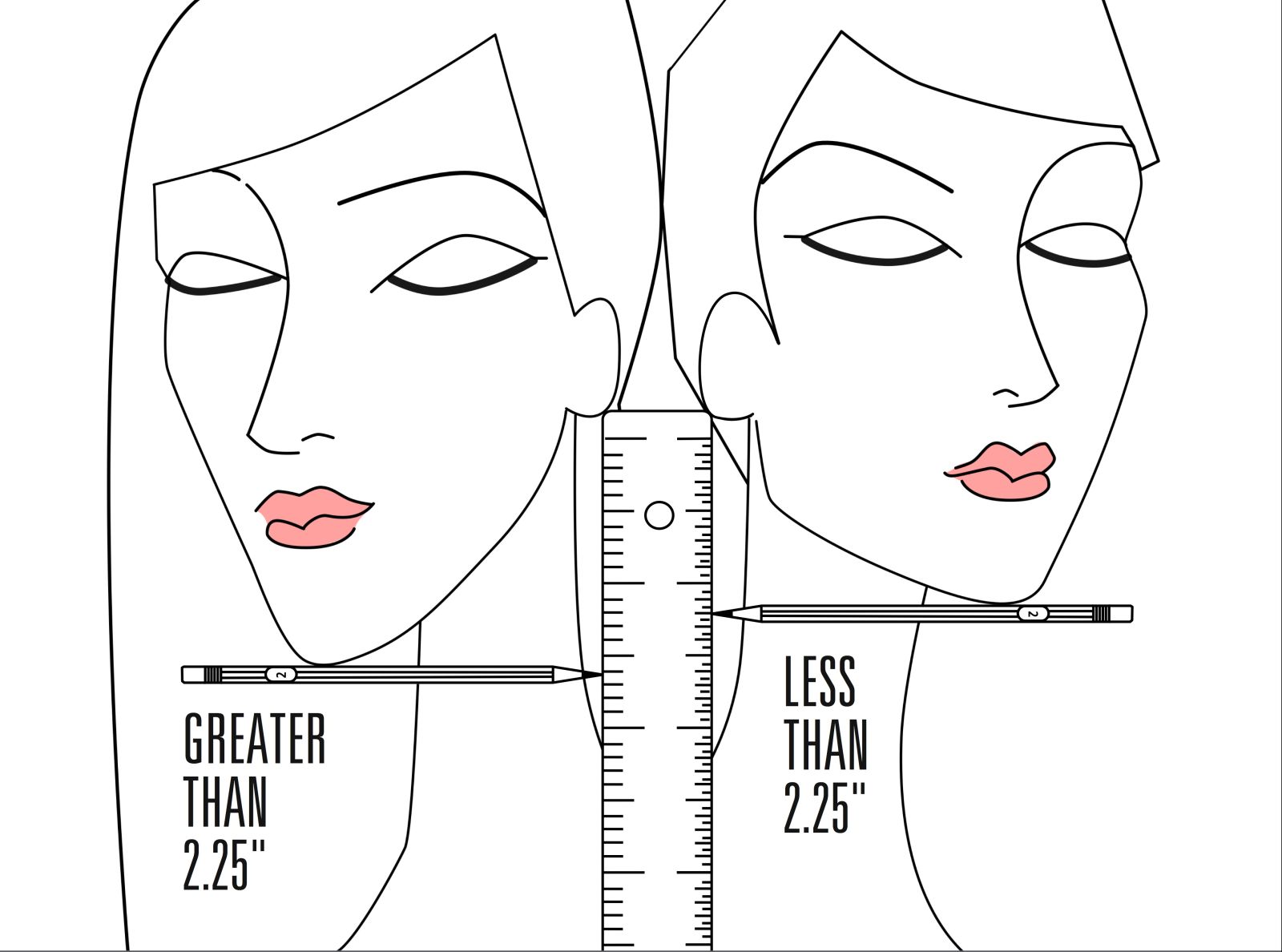🌿 In recent years, sulfate-free shampoos have become a trend in hair care.
They are praised by beauty bloggers, recommended by stylists, and manufacturers promise "gentle cleansing without harm". But are they really that good? Who is suitable for whom and who can be harmed? Let's break it down without the myths and marketing gimmicks!
🔍 What are sulfates and why are they feared?
Sulfates (SLS, SLES) is cleaning componentswhich creates a rich foam and effectively removes dirt, sebum and styling products.
Why are they being criticized?
- May dry out the scalp (especially sensitive).
- Capable of washing out paint (relevant for colored hair).
- Some people get irritated (itching, redness).
But! Not all sulfates are equally corrosive. For example, Sodium Lauryl Sulfate (SLS) is stronger than Sodium Laureth Sulfate (SLES).

🧪 Myths about sulfate-free shampoos
❌ Myth 1: "Sulfate-free = all-natural"
In fact, sulfate-free ≠ organic. Other surfactants (surfactants) may be used instead of SLS/SLES, such as:
- Cocamidopropyl betaine (gentle cleansing).
- Decyl glucoside (natural, but can be weakly frothy).
- Coconut dioxide (alternative to sulfates).
Conclusion: Read the ingredients! Even "natural" shampoo may contain synthetic ingredients.

❌ Myth 2: "Sulfate-free shampoos are not harmful to hair"
Not really. If you have an oily scalp, mild surfactants may not cleanse sufficiently, leading to rapid contamination.
Who's appropriate:
✔ Dry, damaged hair.
✔ Colored/keratinized hair.
✔ Sensitive scalp.
Who might not be a good fit:
✖ Oily hair (if the shampoo is too mild).
✖ People who use a lot of styling (film may remain).

💆♀️ How to choose a sulfate-free shampoo for your hair type?
1. For dry and damaged hair
Look for it in the lineup:
- Oils (argan, coconut, shea).
- Keratin or proteins.
- Glycerin (moisturizing).
Examples:
🔹 Shea Moisture Raw Shea Butter - deep nourishment.
🔹 Moroccanoil Moisture Repair - recovery after coloring.
2. For oily hair
Important: Shampoo should cleanse sufficiently, but not over-dry.
Look for it in the lineup:
- Soft surfactants (cocamidopropyl betaine).
- Extracts of nettle, peppermint (regulate fat secretion).
Examples:
🔹 Bioderma Node P - for an oily scalp.
🔹 Giovanni Tea Tree Triple Treat - refreshing and cleansing.
3. For colored hair
Main Objective: to retain color and not wash out pigment.
Look for it in the lineup:
- UV filters (fade protection).
- Amino acids (strengthens the cuticle).
Examples:
🔹 Redken Color Extend Magnetics - for colorfastness.
🔹 Pureology Hydrate - moisturizing + protection against leaching.

🚿 What is the right way to use sulfate-free shampoos?
- Apply to damp hair twice (the first application washes away dirt, the second application takes care of it).
- Massage your scalp (improves circulation).
- Use lukewarm water, not hot water (so as not to over dry).
- Supplement your care with conditioner (sulfate-free shampoos may not have a "smoothing" effect).
🔎 Conclusion: should you switch to sulfate-free shampoos?
✅ Yes, if: you have dry, color-treated or sensitive hair.
⚠ Careful if: If you have an oily scalp, go for more cleansing formulas.
❌ Don't believe the myths: Not all sulfate-free shampoos are natural, and not all are suitable for everyone.
The key is to tailor your care to your hair type! 💖

🔹 Want personalized recommendations? Leave a description of your hair in the comments and we'll help you pick the perfect shampoo! 🚿✨






